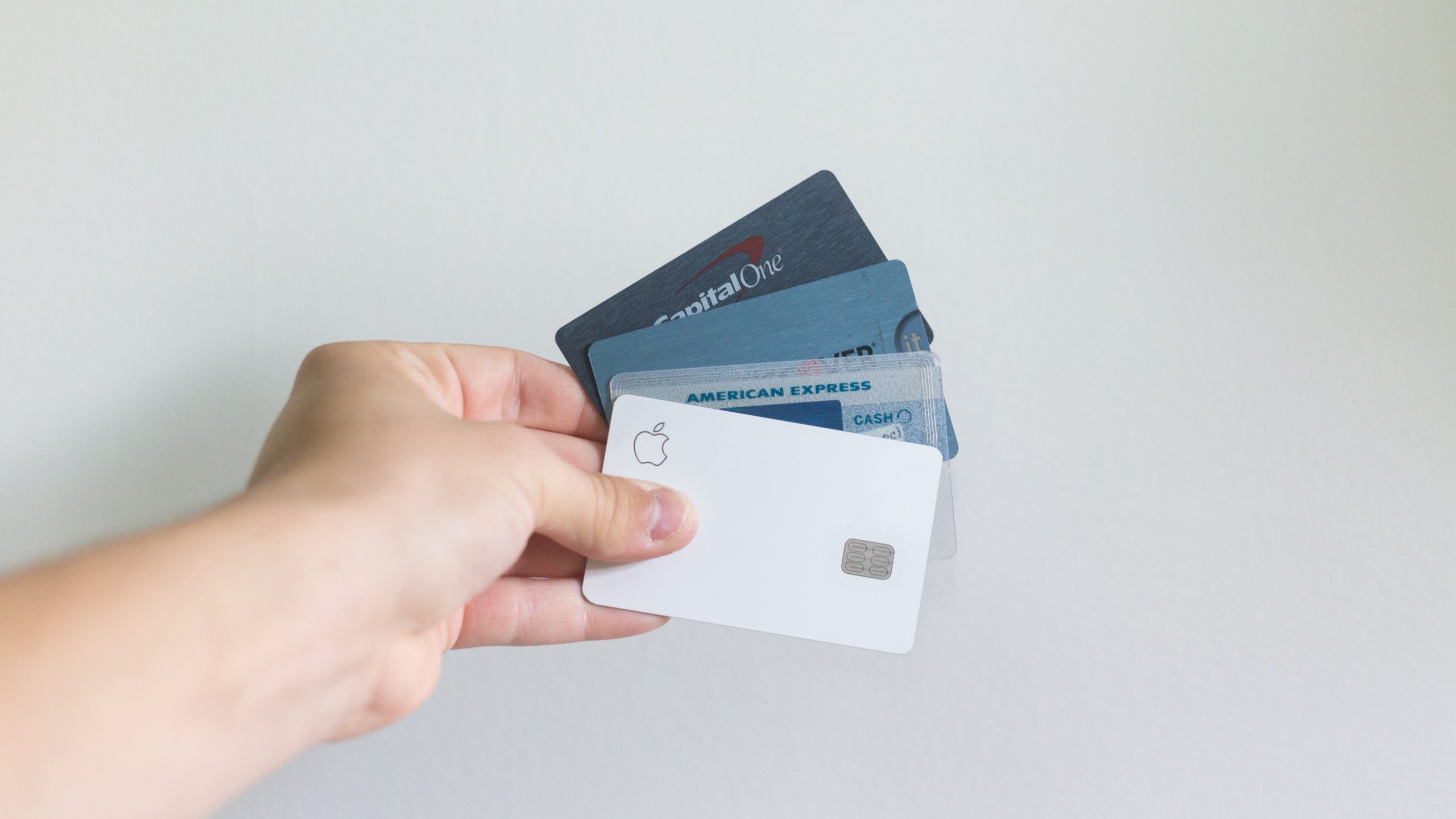With 16-digit card numbers, expiration dates, magnetic stripes, and EMV chips, credit cards and debit cards often have a very similar appearance. 1 With one significant exception, both can make it simple and convenient to make purchases offline or online. With the use of debit cards, you can make purchases using money that has been deposited in a bank. With credit cards, you can borrow money from the card issuer up to a predetermined limit to make purchases or cash withdrawals.

Most likely, you carry a debit card and at least one credit card in your wallet. They provide unrivaled convenience and protection, but they also have significant disparities that could have a big impact on your wallet. Here’s how to choose the best one to suit your spending requirements.
What is a credit card?
A credit card is issued by a financial institution, typically a bank, and it enables the cardholder to borrow funds from that institution. According to the terms set forth by the institution, cardholders consent to pay the money back with interest. There are multiple varieties of credit cards available:
Standard
Standard cards frequently have no annual fees, and they merely provide their users with a line of credit to be used for purchases, balance transfers, and/or cash advances.
Premium
Premium cards come with benefits like concierge services, access to airport lounges, special event entry, and more, but their annual fees are typically higher.
Rewards
According to their spending patterns, customers who use rewards cards can receive cash back, travel points, or other benefits.
Balance transfer cards
Low introductory interest rates and transfer fees are offered by balance transfer cards for balance transfers from other credit cards.
Secured credit cards
This type demands a down payment in cash that is held as security by the card’s issuer.
Charge cards
For this type, there is a lack of a specified spending cap but frequently forbids the carrying over of unpaid amounts from one month to the next.
What is a debit card?
This is a type of payment card that draws funds directly from a user’s checking account as opposed to borrowing money from a bank to make purchases. When issued by significant payment processors like Visa or Mastercard, debit cards offer the same convenience as credit cards as well as many of the same consumer protections.
They are often connected with minimal or no costs unless users spend more than is available in their account and are charged an overdraft fee, thus frugal shoppers may opt to use them. (The no-fee benefit does not apply to prepaid debit cards, which commonly impose usage and activation fees in addition to additional charges). In contrast, credit cards typically include monthly interest on the card’s outstanding balance in addition to yearly fees, over-limit fees, late payment fees, and a variety of additional penalties.
Can you earn rewards with a debit card?
Usually not. They don’t accrue points or miles for every purchase, but the accounts they draw money from can reward users after a set number of transactions. A round-up feature that is frequently available on standard debit cards enables users to transfer small sums of money to savings accounts, a capability that is not available on credit cards.
Key differences
If your bank account is empty, you cannot use a debit card (unless you enroll in overdraft protection), but you can use a credit card. Money is immediately taken out of your checking account when you use a debit card. When using a credit card, the bill is paid later. But keep in mind that credit cards can aid in creditworthiness development. Or, if you don’t utilize them responsibly, they might harm it. However, using a debit card won’t affect your credit score.
The bottom line
When someone uses a credit card to make a purchase, they are just borrowing money from the business because they still must pay back the credit card company.
Debit cards, however, are not debt instruments because anytime a person uses one to make a payment, they are just drawing money from their bank account. The debit user does not owe any money to a third party; the purchase was completed with their accessible funds, less any associated transaction fees.
Both credit and debit cards can be helpful tools when purchasing products and services. A debit card (without an overdraft) may ensure that you only spend what you can afford if you are concerned about overspending and are on a tight budget.
A credit card is practical in an emergency and will aid in the development of your credit history. You incur the danger of going into debt with a credit card by making charges that you can’t afford to pay back, but you will be less responsible for charges if someone takes your credit card than your debit card. Both cards can be helpful to customers, particularly those who carefully consider their purchases and make on-time payments on their debts.









